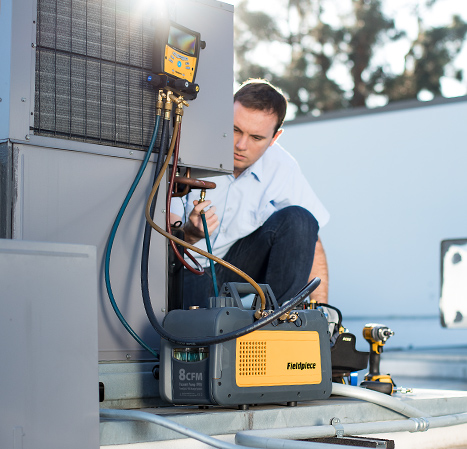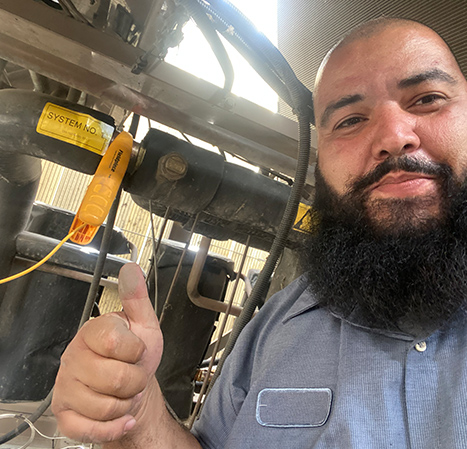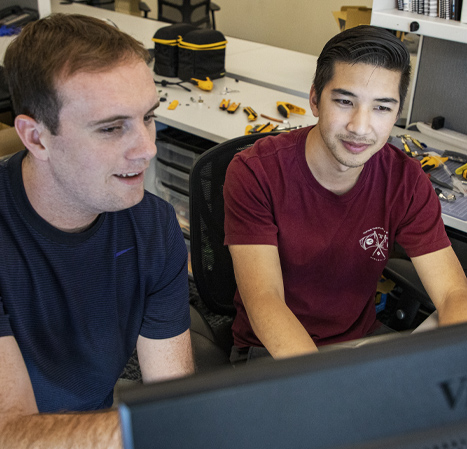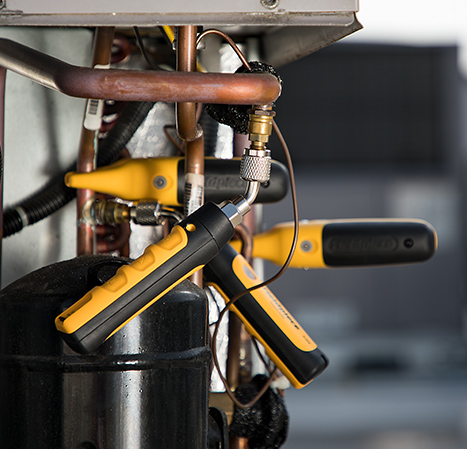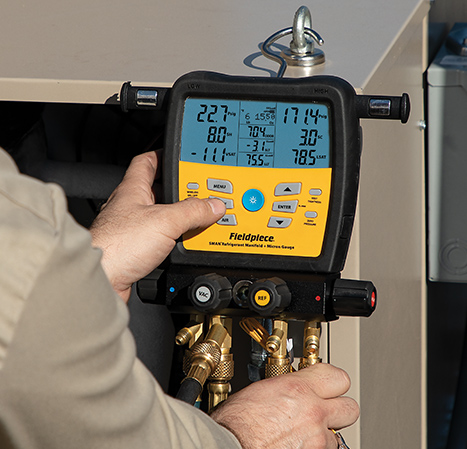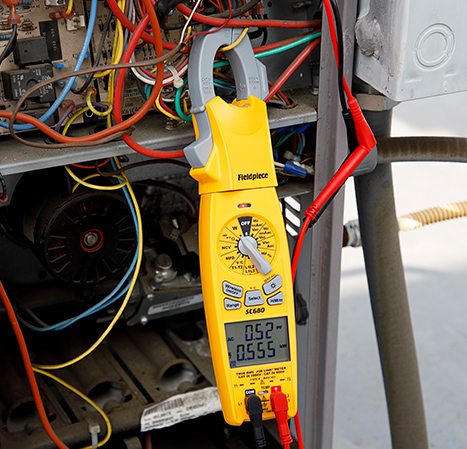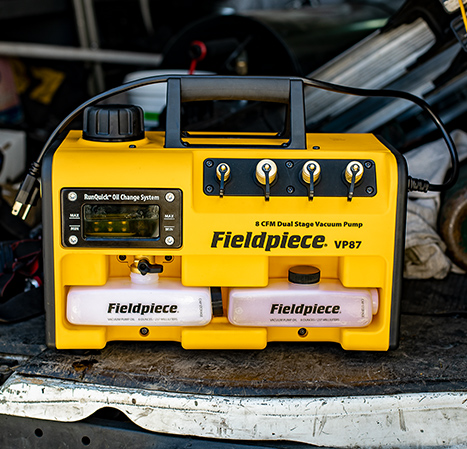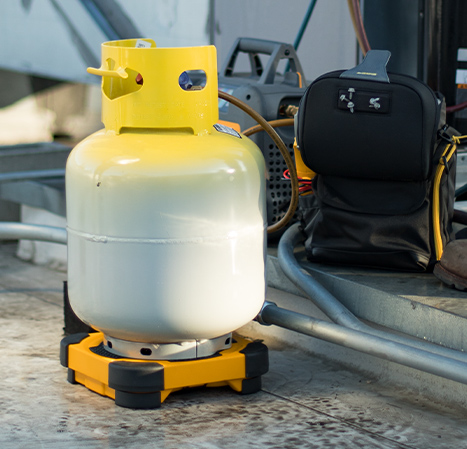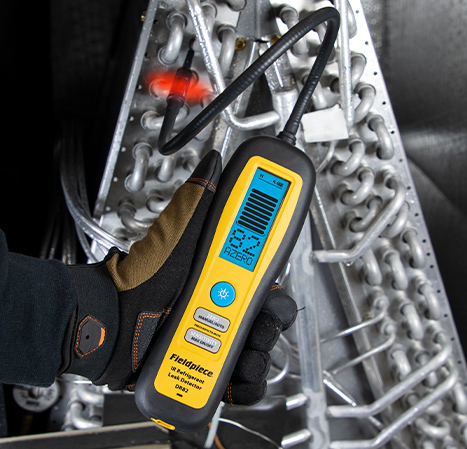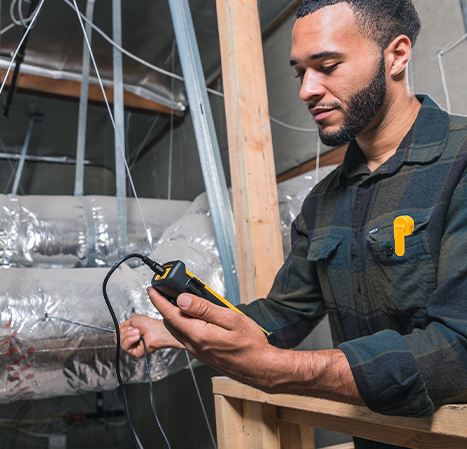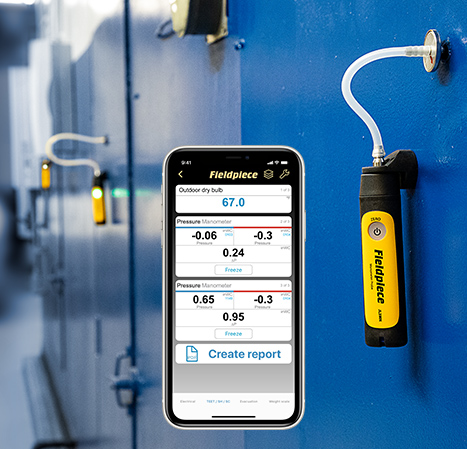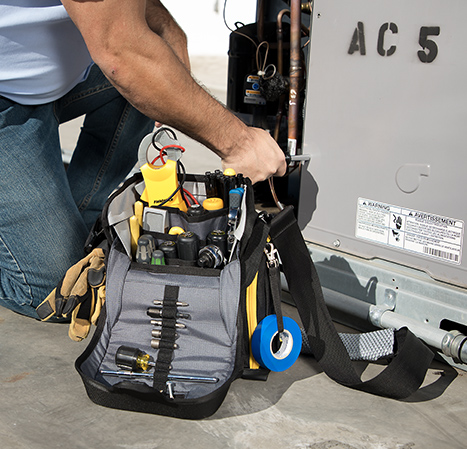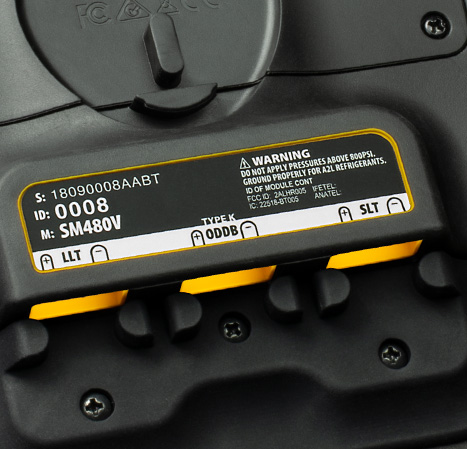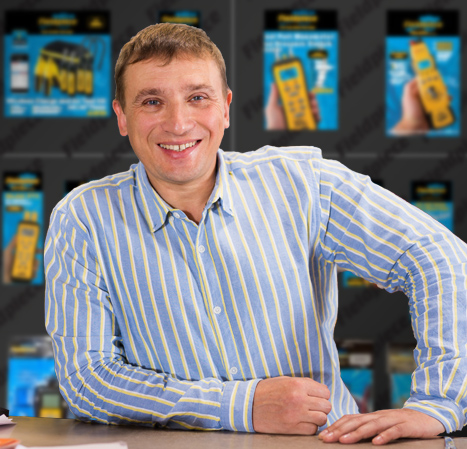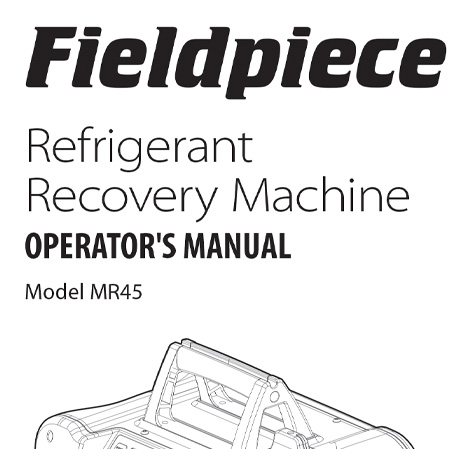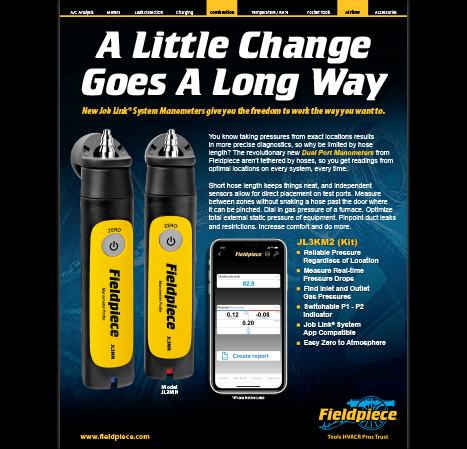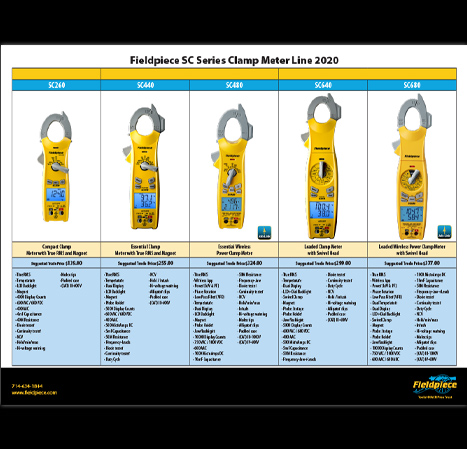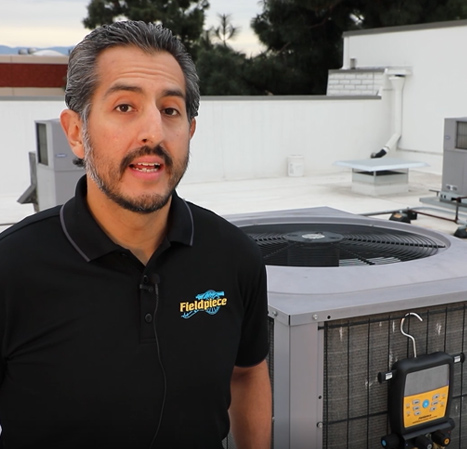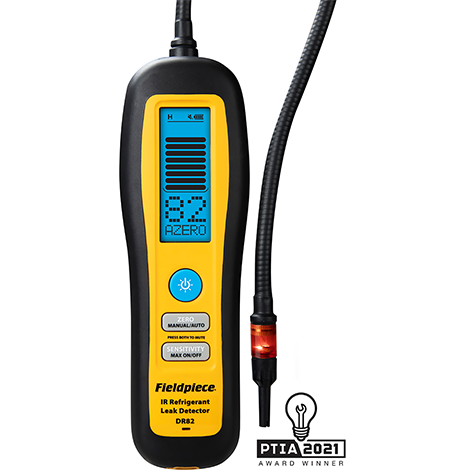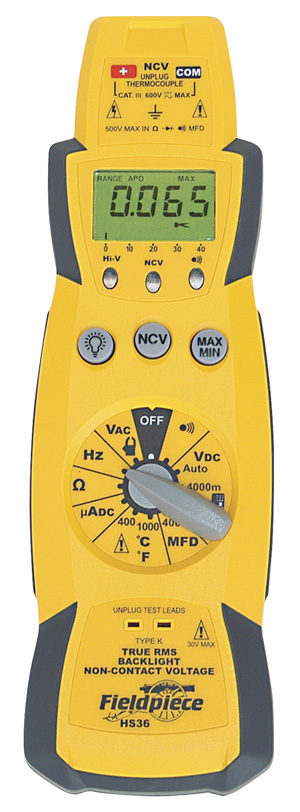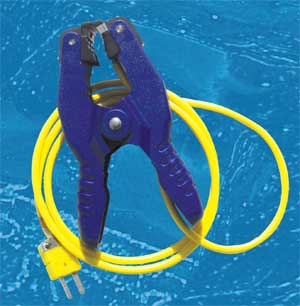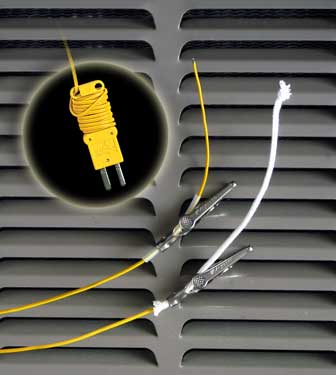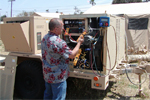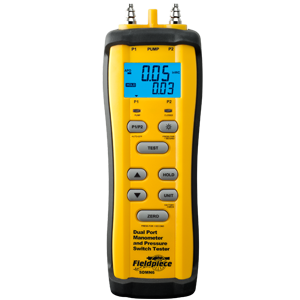Orange, Calif., September 21, 2021 – Fieldpiece Instruments, the leading manufacturer of professional-grade tools for HVACR pros by HVACR pros, received a Pro Tool Innovation Award for the Infrared Refrigerant Leak Detector DR82. A diverse panel of judges made up of contractors, construction business owners, tradesmen, and media professionals came together this year to vote on the most innovative construction and outdoor power equipment industry products in the world. The Fieldpiece Infrared Refrigerant Leak Detector DR82 won in the Test and Measurement Category.
According to the judges, “Detecting refrigeration leaks comes with different challenges than water and moisture leaks. A couple of things really stood out to our voters on the Fieldpiece Infrared Refrigerant Leak Detector DR82 to help deal with those challenges. First, it doesn’t trigger a false positive thanks to soap or oil. Plus, it’s more than 20 times more sensitive than soap bubbles with a sensitivity level of <0.03 oz/yr. Wrap it all up in a compact handheld unit with an easy-to-read screen and your refrigerant leak detection is faster and easier than ever before.”
“For over a decade, our refrigerant leak detectors have set the industry standard for durability, sensitivity, and reliability. Now, our newest Infrared Refrigerant Leak Detector is raising the bar. “The Infrared Refrigerant Leak Detector, DR82 brings a higher level of performance and offers a new, bright blue backlit LCD screen that is easy to read. To understand more details about the leak, our Infrared Refrigerant Leak Detector has a numerical leak size indicator, bar graph and features a lighted tip, so you can see the location of the leak,” said Rachel Newport, Director of Marketing. “We are honored to have been voted one of the best in the Test and Measurement category by this expert panel of judges.”
Portable and powerful — the new design is more compact and small enough to fit in a back pocket. The Fieldpiece Infrared Refrigerant Leak Detector DR82 is built to work all day with a USB rechargeable battery that can get 10 hours of use per charge. It’s designed for the field with rugged, impact- and water-resistant, IP54-certified overmolded body. The Infrared Refrigerant Leak Detector DR82 uses an infrared sensor that lasts 10 years and is packaged in a blow-molded carrying case with 5 all-in-one replacement filter tips.
For more information on the Fieldpiece Infrared Refrigerant Leak Detector DR82 please visit the product page: https://www.fieldpiece.com/product/dr82-infrared-refrigerant-leak-detector-copy-2/
ABOUT FIELDPIECE: Fieldpiece Instruments is an innovative technology company focused on helping industry professionals do their jobs easier, faster and better around the globe. We deliver on this promise through industry-leading devices with the broadest range of professional-grade tools and technology inspired by real-world application and field use. Fieldpiece is focused on serving the HVACR industry exclusively, enabling HVACR professionals to become Masters of the Trade. For more information, please visit http://www.fieldpiece.com, and be sure to follow Fieldpiece on Facebook, Instagram, YouTube and LinkedIn.
 English
English French
French Spanish
Spanish
